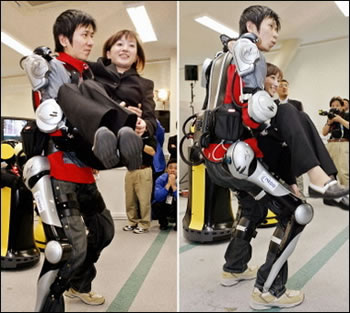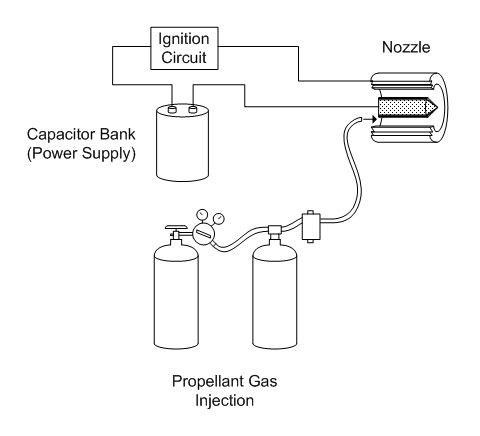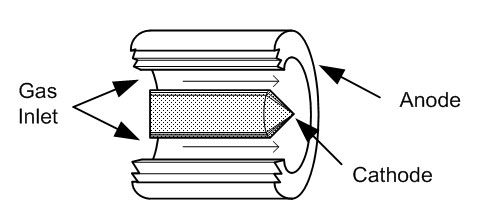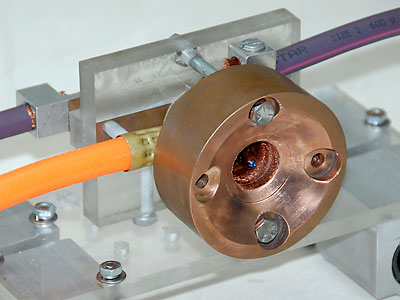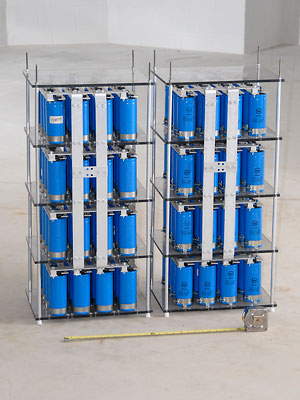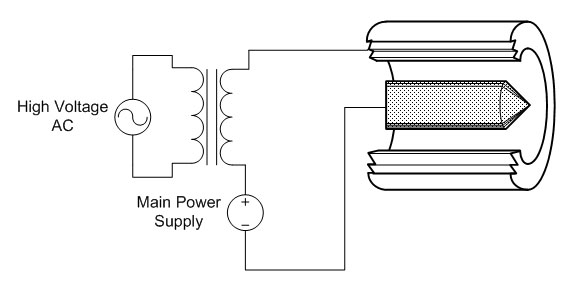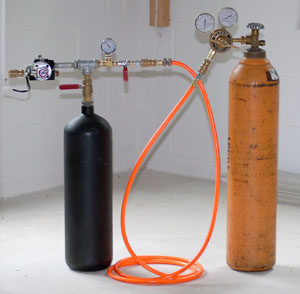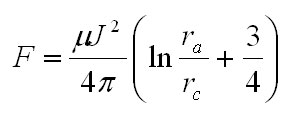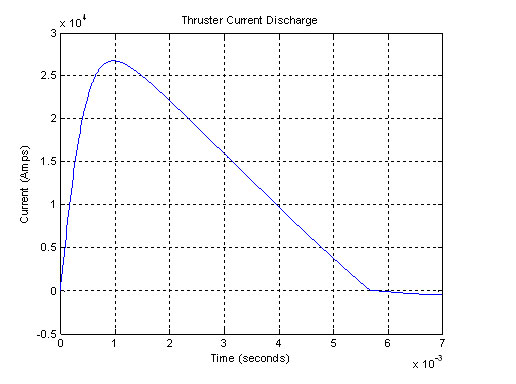Iron Man, the most technologically advanced super-hero to ever hit film, is making a triumphant return to the big screen this week. Now sneak a peek into the inventions that power Tony Stark in his quest to save the world.
The arc reactor
The power that drives Iron Man's fantastic exploits comes from the fictional "arc reactor." The movie reveals the one embedded in Stark's chest is slowly poisoning him with palladium, which in real life actually can be toxic, although probably not in the fanciful way depicted in the movie.
It might seem odd at first that a reactor might rely on a precious metal akin to platinum, but this mystery clears somewhat given palladium's central role in claims regarding "cold fusion." Experiments two decades ago suggested nuclear fusion at close to room temperature, raising hopes of a cheap and abundant source of energy. Although most scientists now regard cold fusion as bunk, researchers at the U.S. Navy's Space and Naval Warfare Systems Center are still pursuing it, suggesting that Iron Man's use of cold fusion in warfare might not be so farfetched after all.
New elements
To avoid death from palladium, Stark instead creates an entirely new element to use in the arc reactor. The novelizations that the movie is based upon notes this new element is "vibranium," a fictional energy-absorbing substance that pops up regularly in the Marvel Universe, notably in Captain America's shield.
Scientists are in fact endeavoring to create new elements, with the most recent announcement coming in April of element 117, which bears the temporary name ununseptium. Unlike the vibranium Stark manufactures, the new elements scientists have actually created so far are all unstable, with only six atoms of ununseptium detected before they decayed into lighter elements. Still, physicists do conjecture the existence of an "island of stability" of super-heavy elements that don't break down immediately, which the vibranium in the film might belong to.
The fictional vibranium and the real ununseptium were both created using cyclotrons, or circular particle accelerators that can smash atoms together to generate heavier elements. Real scientists would probably not build cyclotrons in their basements as Stark did, however, and would probably want a lot more shielding to avoid death from radiation.
Hot weapons, flying saucers
Iron Man and the main villain of the film, Ivan Varko, fight each other using weapons apparently based on plasma, the electrically charged state of matter that makes up stars and lightning.
Iron Man fires pulses of the stuff, while Varko, who resembles the Marvel super-villain "Whiplash," uses what the novelizations say are plasma whips made of tungsten carbide wrapped in copper wire, with the tungsten carbide supposedly remaining magnetic even at extraordinarily high temperatures, thus holding the copper in place when it gets transformed into plasma at nearly 4,900 degrees F (2,700 degrees C).
Scientists actually are developing weapons based on plasma, such as the StunStrike, which essentially fires a bolt of lightning, creating an electrical charge through a stream of plasma. Researchers have recently even created what appears to be ball lightning in microwave ovens, which Iron Man's "repulsor blasts" resemble.
Iron Man also flies around with plasma thrusters. Although it seems unlikely that disk-shaped engines small enough to fit into boots or gloves could fly a man around at supersonic speeds, there are inventors who are say they are developing aircraft — flying saucers, no less — that fly around using plasma, electrically generating plasma on their surfaces and electromagnetically manipulating it for propulsion.
Suits of armor
Stark's most outstanding invention of the movie is, of course, the Iron Man suit that brings all these technologies together. Scientists are actually creating exoskeletons that can amplify strength, with two companies developing prototypes for the U.S. Army and researchers also manufacturing exoskeletons in Japan.
The armors shown in the movie show the mind-boggling ability to protect their wearers from blows that might otherwise liquefy them. One might imagine there are incredibly strong cushions inside the suits, and in fact researchers have made foams made of carbon nanotubes, or pipes just nanometers or billionths of a meter wide, that are exceptionally springy and strong, perhaps just what Iron Man needs to prevent every bone in his body from being broken during fights.
Mindless drones
The villain of the movie might have the right idea, though, when it comes to how future warfare will actually be waged. Instead of relying on flying soldiers, Varko employed robots. These could keep soldiers from dying on the field and perform at levels and in conditions that people never could. The growing use of drones in the military clearly shows how useful commanders find them, and real soldiers even seem to love their robot brethren.
Unfortunately, as the movie also points out, robots can get hacked, with reports emerging in December of Iraqi militants intercepting live video feeds from U.S. Predator drones, potentially gaining information they needed to evade or spy on U.S. military operations. Perhaps keeping an Iron Man or two around might not be too much of a fantasy after all.
